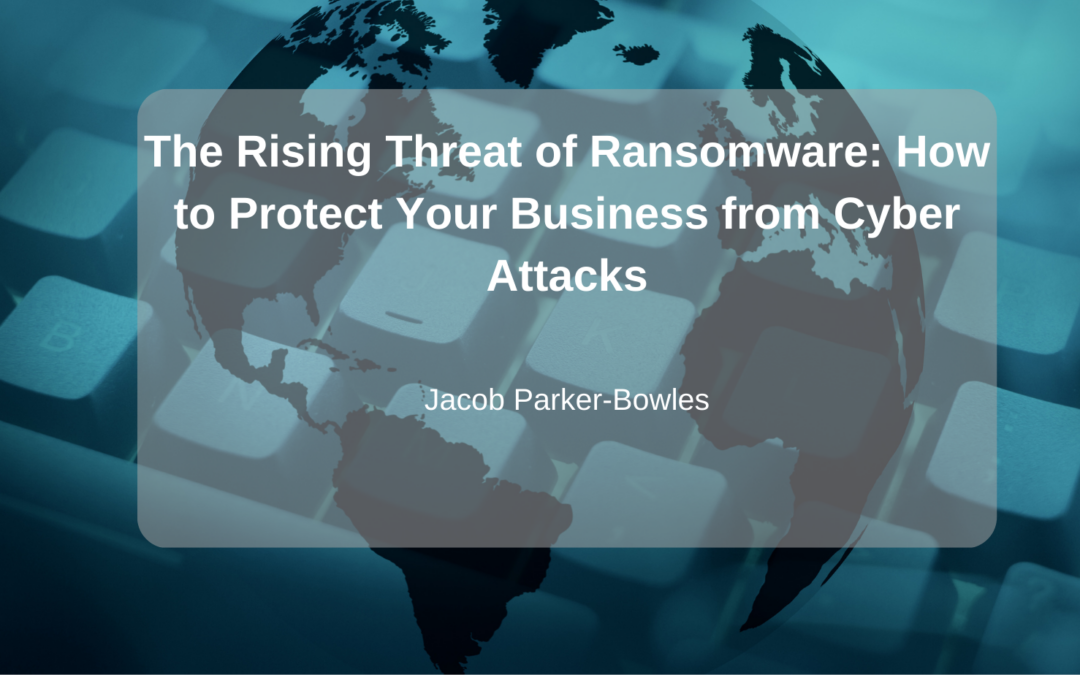Ransomware is a form of malware that has become increasingly persistent in recent years, targeting businesses of all sizes and industries. Ransomware is a cyber attack that encrypts a company’s data and demands a ransom payment in exchange for the decryption key. The ransomware threat is growing, and businesses must take actionable measures to protect against these types of attack. This blog will explore the rising threat of ransomware and how businesses can protect themselves from cyber attacks.
The first step to protect your business against ransomware is understanding the threat’s nature. Ransomware attacks can occur in various forms, such as phishing emails, social engineering tactics, or vulnerabilities in software or hardware. Once ransomware infects a system, it can spread quickly and encrypt all files, making them inaccessible to users. The attackers demand ransom payments in exchange for the decryption key, often in the form of cryptocurrency, like Bitcoin, to make it difficult for anyone to trace the payment.
To protect against ransomware, businesses need to implement a robust cybersecurity strategy. This strategy should include a combination of preventive and reactive measures, such as:
- Regular data backups: A reliable backup system is one of the most critical defenses against ransomware. Regular backups of all data stored on a secure server, can help restore the data in case of a ransomware attack. It is essential to test backups regularly to ensure they are functioning correctly.
- Employee training: Phishing attacks and social engineering tactics are common methods used to spread ransomware. Employee training on cybersecurity best practices, such as not clicking on suspicious links or opening unsolicited attachments, can prevent these attacks from being successful.
- Software updates and patches: Outdated software and hardware can create vulnerabilities that attackers can exploit. Regular updates and patches to all software and hardware can prevent attackers from exploiting these vulnerabilities.
- Use of antivirus and anti-malware software: Antivirus and anti-malware software help detect and remove ransomware before infecting a system. It is essential to keep these programs up to date.
- Network segmentation: Segmenting networks can limit the spread of ransomware across an entire system. By dividing networks into smaller segments, businesses can isolate any ransomware infections and prevent them from spreading to other areas.
- Incident response plan:If a ransomware attack occurs, businesses should have a well-defined incident response plan. This plan should include steps to contain the infection, identify the source, and contact law enforcement.
In addition to these measures, businesses should also consider investing in cyber insurance. Cyber insurance policies often provide financial protection in case of a ransomware attack, covering data recovery costs, legal fees, and extortion payments.
In conclusion, ransomware is a growing threat to businesses, and it is essential to take proactive measures to protect against it. Implementing a robust cybersecurity strategy, including regular data backups, employee training, software updates, and incident response planning, can help prevent and mitigate the impact of ransomware attacks. Cyber insurance can also provide financial protection in case of a ransomware attack. Businesses can protect their data and operations from the rising ransomware threat by taking these steps.

